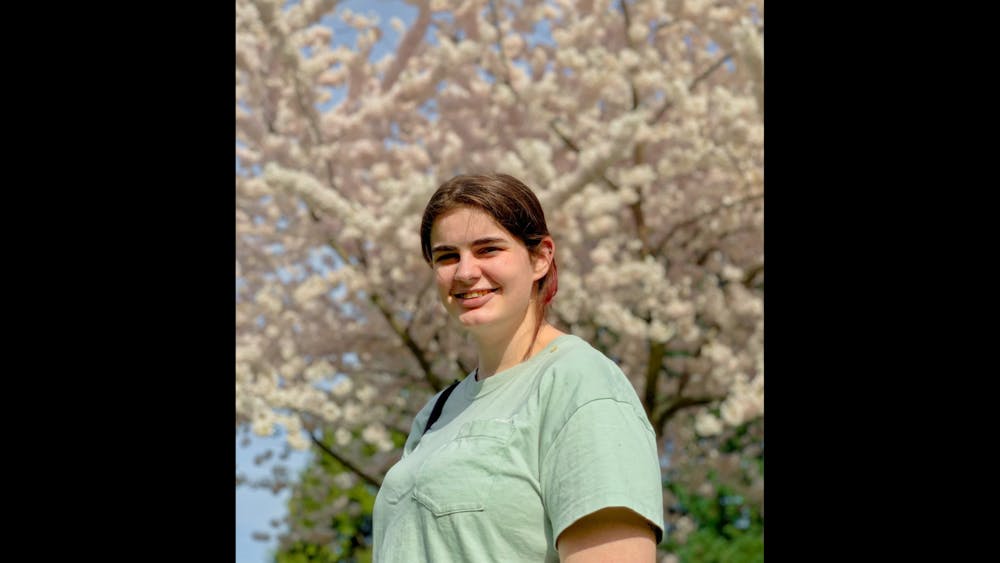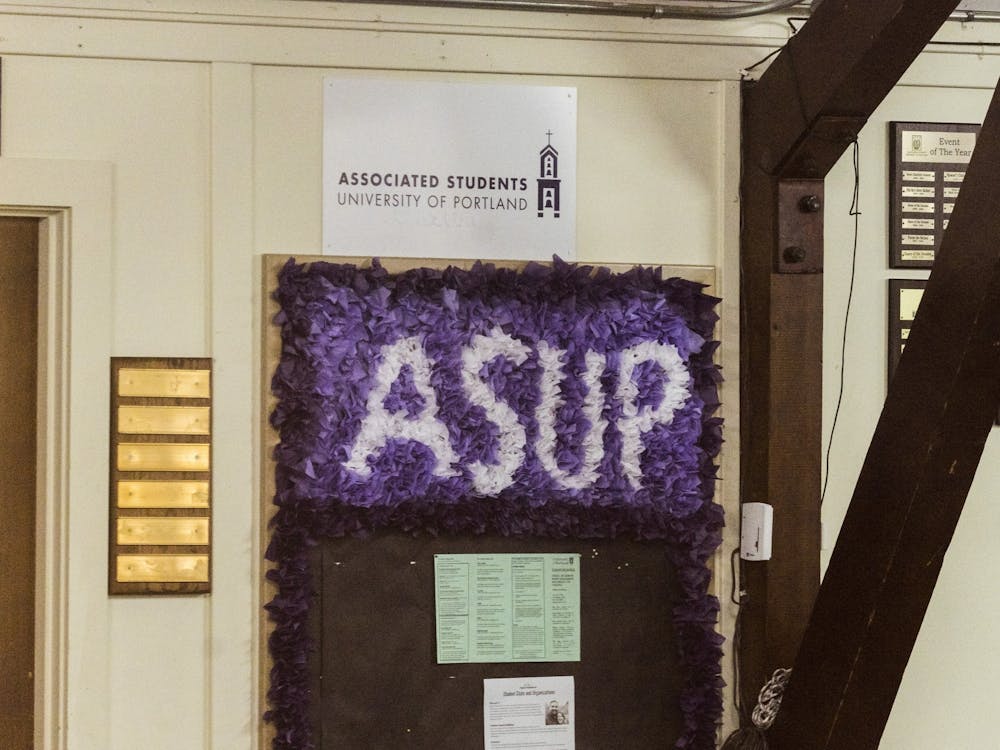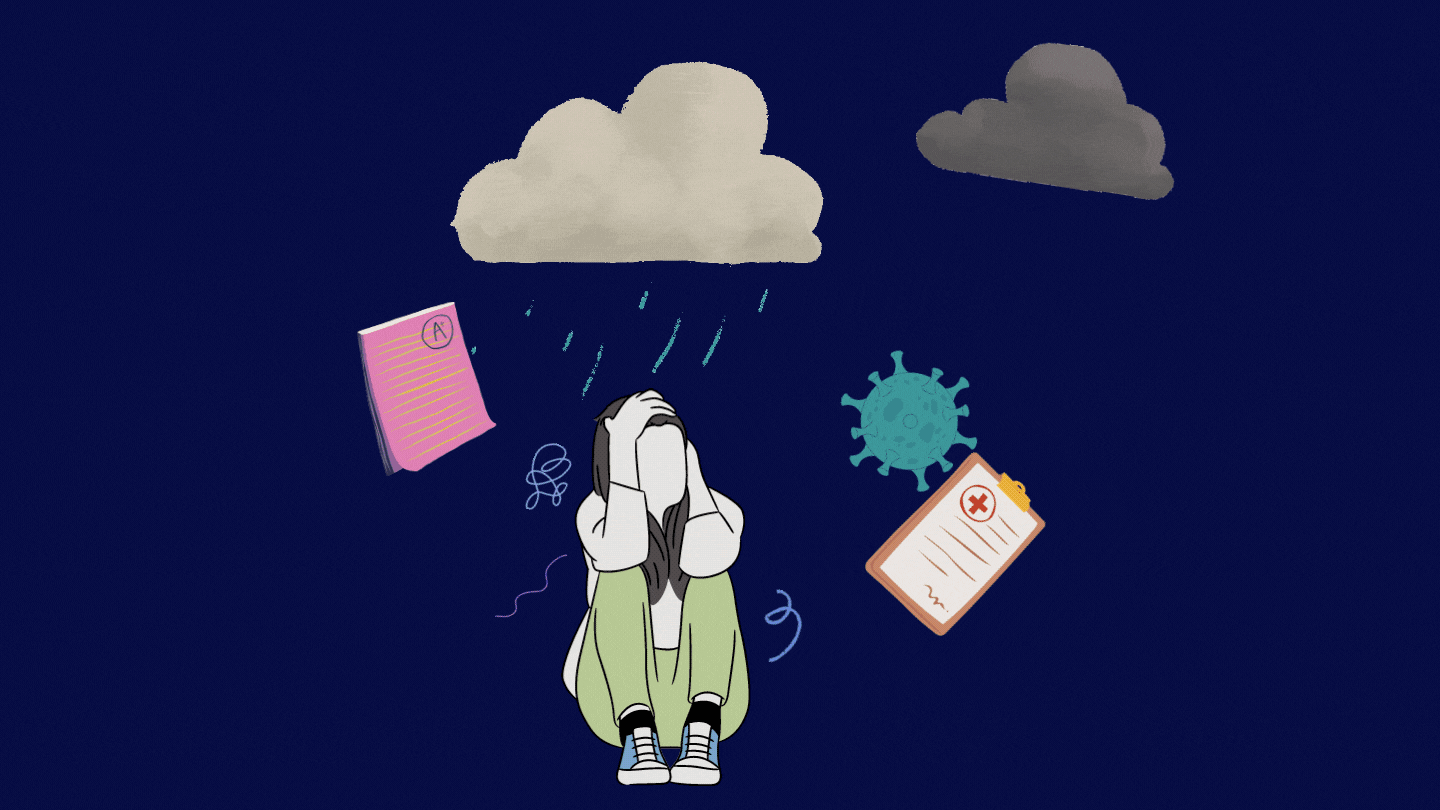In March of 2020, University of Portland students were abruptly sent home from their residence halls and started attending classes online. Students and faculty alike assumed that this would only be temporary — for a few weeks or the rest of the semester. No one knew at the time that it would continue during the 2021 and part of the 2022 school year. During this time, students were separated from peers and professors as well as the routines they had come to rely on. As time progressed, social distancing was introduced which allowed people to be in person together if they stayed six feet apart. But many people continued to experience emotional distance from the social networks they were accustomed to.
In the fall of 2021, I had the opportunity to study UP’s students’ experiences with online learning within the context of social distancing through my sociology senior thesis. I conducted 20 interviews with students who were either juniors or seniors during fall 2021 and spring 2022: nine men, nine women, and two non-binary students.
Research indicates that about 39% of college students experience a diagnosable mental health condition during their time at college. I was interested in finding out what students found challenging about their pandemic experience, their feelings about online learning, their experiences with mental health, and whether they experienced changes in their eating habits or substance use during this time.
Something that came up repeatedly in my interviews was the feeling of isolation and how it affected students. One student shared, “I was challenged a little bit with social isolation; I didn't realize how much I kind of relied on being in class with other people to, like, fulfill my social needs.” Online classes didn’t meet this student’s need for social connection.
Another student told me, “I felt like for me, isolation was one of the hardest things about the pandemic, going from in person to online. Like, you know, people in class online don't talk as much. People don't want to turn on their cameras or anything; even I didn't want to turn on my camera.” Still, online classes became the one place where we had the opportunity to see our peers.
This limited interaction, combined with social distancing, created fewer opportunities to interact with each other face to face and work on building social relationships. In a normal school year, students interact with their peers inside the classroom, as well as other spaces, like clubs, Pilots After Dark, hall events, and school-wide CPB events. According to one student, “since I didn't have places to go, or things to do, like activities on campus, it was just easier to sort of isolate myself.” Due to COVID-19 protocols, the university was not able to hold in person events for students, and school clubs were moved online. Another senior told me, “we weren't physically with people, and whatever communication we had was limited to my computer screen. It felt like I was not seeing people very often…” While there were virtual options to see people, it did not replace seeing someone in person.
When we first went online, I wasn’t too concerned about it, but I did find that I could no longer see my therapist from the University’s Health and Counseling Center. I was home in Washington, and she was only licensed to practice in Oregon. The Health and Counseling Center was licensed to provide students with up to three phone calls to transition them out. Unfortunately, finding a new therapist proved difficult, even with the resources they provided to assist me.
At first, reaching out to people was easy, but as time went on, I found myself withdrawing from my friends and peers. I didn’t want to, but it just became easier to find excuses not to talk to people. As time went on, friends reached out to me, which helped me to feel better and provided me the push I needed to work on my mental health until I was able to move in with my roommates and again be around my peers.
The loneliness aspect is only one recurring theme from interviews. Social media, while it can aid us in creating these relationships, is not a replacement for face-to-face contact. Several students reported changes in their relationship with social media, like “passively scrolling….during online classes just because you can get away with going on your phone.” Individuals’ relationships with social media changed during this time.
With things starting to go back to “normal,” we need to address the elephant in the room: What improvements can be made to mental health services to better support college students? The pandemic has been a wakeup call that student mental health cannot be put on the back burner any longer. But, while the institutional investment in students’ mental health is important, we may be ignoring our own agency in supporting one another and, in particular, the members of our community who are struggling.
Students also have a responsibility to check in on their peers and to notice problems that institutions cannot. If you notice someone is struggling, you can reach out to them, find out what type of support they need, and provide resources if necessary. Or, if you aren’t comfortable being directly involved, you can ask a peer, an RA, or a professor for help.
Improving our community’s ability to support student mental health should involve institutional change and investment, but we as individuals can also make a big difference in creating a supportive community. Even simply having conversations about mental health is valuable. Talking openly about mental health can help others become more comfortable with talking about it themselves and can help people to recognize that they are not alone in their struggles.
Georgia Lundeen is a senior at UP. She can be reached at lundeen22@up.edu.
Have something to say about this? We’re dedicated to publishing a wide variety of viewpoints, and we’d like to hear from you. Voice your opinion in The Beacon.








